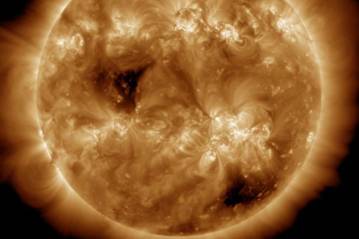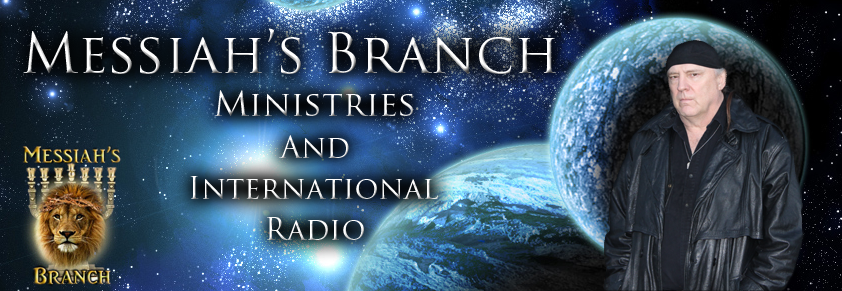
This is the second ‘coronal hole’ to appear in a week, and is unleashing 1.8-million-mile-per-hour solar winds towards Earth. It will reportedly impact Earth on Friday.
“The current coronal hole, the big one right now, is about 300,000 to 400,000 kilometers across,” Alex Young from NASA Goddard’s Heliophysics Science Division told Insider. “That is about 20-30 Earths lined up back-to-back.”
Scientists are currently monitoring the situation to see if the winds will impact Earth’s magnetic field, satellites and technology, as per reports.
What is a coronal hole?
A coronal hole is an area on the Sun’s corona, the outermost layer of its atmosphere, where the magnetic field lines are open and the plasma density is lower than in surrounding regions.
This results in a cooler and darker region that appears as a dark spot or an extended area when viewed in ultraviolet or X-ray images of the Sun.
Coronal holes are known to be a source of high-speed solar wind streams that can cause disturbances in the Earth’s magnetic field and lead to auroras.
They are also studied by scientists to better understand the Sun’s magnetic field and its effects on space weather.
How do coronal holes affect the Earth?
Coronal holes can affect the Earth’s space environment through the high-speed solar wind streams they produce. When these streams interact with the Earth’s magnetic field, they can cause disturbances in the magnetosphere and ionosphere, leading to a variety of effects, including:
· Auroras: The interaction of the solar wind with the Earth’s atmosphere can cause the release of energy in the form of colorful auroras in the polar regions.
· Geomagnetic storms: When the solar wind’s magnetic field is oriented in a way that is opposite to the Earth’s magnetic field, it can cause a sudden and intense disruption of the magnetosphere, resulting in a geomagnetic storm. These storms can lead to power outages, satellite disruptions, and other problems.
· Radiation hazards: High-energy particles from the solar wind can pose a radiation hazard to astronauts and satellites in orbit.
